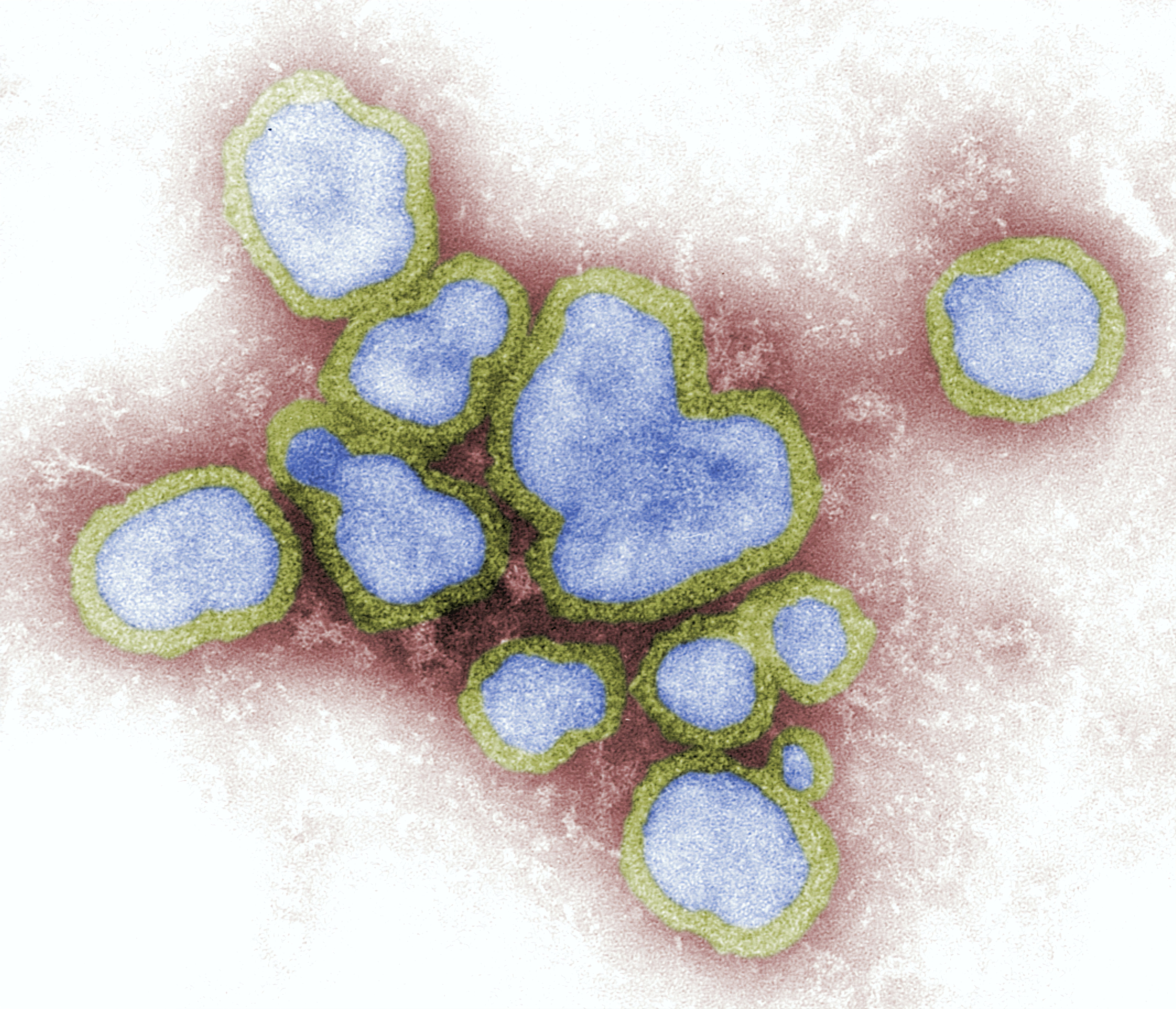Harbingers of Things to Come in Gene Therapy
By Josh P. Roberts,
Genetic Engineering & Biotechnology News
| 04. 02. 2021
Photo by CDC on Unsplash
It is one thing to anticipate what gene therapy will look like in 5 years, let alone 10. The deeper we peer into the crystal ball, the less we can rely on what we see. So, let us put scrying and intuition aside. Instead, let us take a close look at gene therapy’s present state and how it has come to be. We will identify the forces behind gene therapy’s recent advances—as well as newly emergent forces—and we will keep in mind that these forces will likely wax and wane. Then we will be better able to predict what gene therapy will look like in the near future (or even the not-so-near future).
Vector improvements
Gene therapy can be divided into in vivo and ex vivo treatments. In the former, genetic material is delivered directly to the host by means of a vector such as a virus or nanoparticle. In cell-based gene therapies, on the other hand, genetic material is introduced to a patient’s cells ex vivo, and then the modified cells are returned to...
Related Articles
By Jonathan Matthews, GMWatch | 12.11.2025
In our first article in this series, we investigated the dark PR tactics that have accompanied Colossal Bioscience’s de-extinction disinformation campaign, in which transgenic cloned grey wolves have been showcased to the world as resurrected dire wolves – a...
By Jenny Lange, BioNews | 12.01.2025
A UK toddler with a rare genetic condition was the first person to receive a new gene therapy that appears to halt disease progression.
Oliver, now three years old, has Hunter syndrome, an inherited genetic disorder that leads to physical...
By Simar Bajaj, The New York Times | 11.27.2025
A common cold was enough to kill Cora Oakley.
Born in Morristown, N.J., with virtually no immune system, Cora was diagnosed with severe combined immunodeficiency, a rare genetic condition that leaves the body without key white blood cells.
It’s better...
By Rachel Hall, The Guardian | 11.30.2025
Couples are needlessly going through IVF because male infertility is under-researched, with the NHS too often failing to diagnose treatable causes, leading experts have said.
Poor understanding among GPs and a lack of specialists and NHS testing means male infertility...




